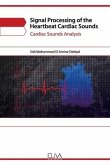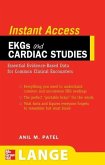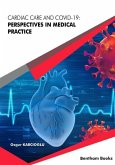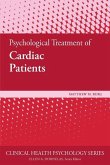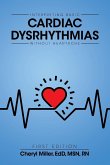The Cardiac Arrest Prediction Using Machine Learning Model is a sophisticated system that leverages the power of machine learning algorithms to identify individuals who are at high risk of experiencing a cardiac arrest. This innovative solution aims to assist healthcare professionals in proactively identifying patients who may require immediate intervention or closer monitoring, thereby improving patient outcomes and potentially saving lives. The model is designed to analyze a variety of patient data, including medical history, vital signs, laboratory results, and other relevant clinical variables. By employing advanced machine learning techniques, the model learns patterns and relationships within the data to identify potential risk factors associated with cardiac arrest. The development of this model involves a two-step process. First, a comprehensive dataset is collected, consisting of anonymized patient information, including both historical data and real-time updates. This dataset is then used to train the machine learning model, which learns to recognize patterns and associations between different variables and the occurrence of cardiac arrest. Once the model is trained, it can be applied to new patient data in real-time. The system takes input from various sources, such as electronic health records, wearable devices, and continuous monitoring systems, to continuously assess a patient's risk of cardiac arrest. The model analyzes the incoming data and generates a prediction score or risk probability indicating the likelihood of a cardiac arrest event occurring within a specific timeframe. Healthcare professionals can utilize the prediction scores provided by the model to prioritize and allocate resources more efficiently. Patients identified as having a higher risk can receive immediate attention and proactive interventions to prevent cardiac arrest, such as medication adjustments, lifestyle modifications, or close monitoring in intensive care units. This targeted approach allows healthcare providers to intervene before the condition deteriorates, potentially improving patient outcomes and reducing mortality rates. The Cardiac Arrest Prediction Using Machine Learning Model is a promising advancement in healthcare technology, providing a proactive approach to cardiac care. By leveraging the power of machine learning algorithms and real-time patient data, it offers healthcare professionals valuable insights and tools to identify high-risk individuals, ultimately leading to improved patient care and better management of cardiac arrest risks. One needs both real-world experience and in-depth knowledge to make an accurate prediction of heart illness. Heart disease is now one of the most extremely dangerous and serious illnesses since it is difficult to diagnose. Thus, the ideal moment for both physicians and patients. Only when it can be correctly anticipated before a patient experiences a heart attack can cardiovascular illness be effectively diagnosed. This goal can be accomplished by combining a suitable machine learning approach with a significant volume of cardiovascular disease health information. In the modern digital era, data is an important resource, and a lot of data was being produced across many different businesses. The main origin of information in healthcare are data about the patients and information about illnesses. Tendencies in the sickness and provide individualised therapy for each patient


